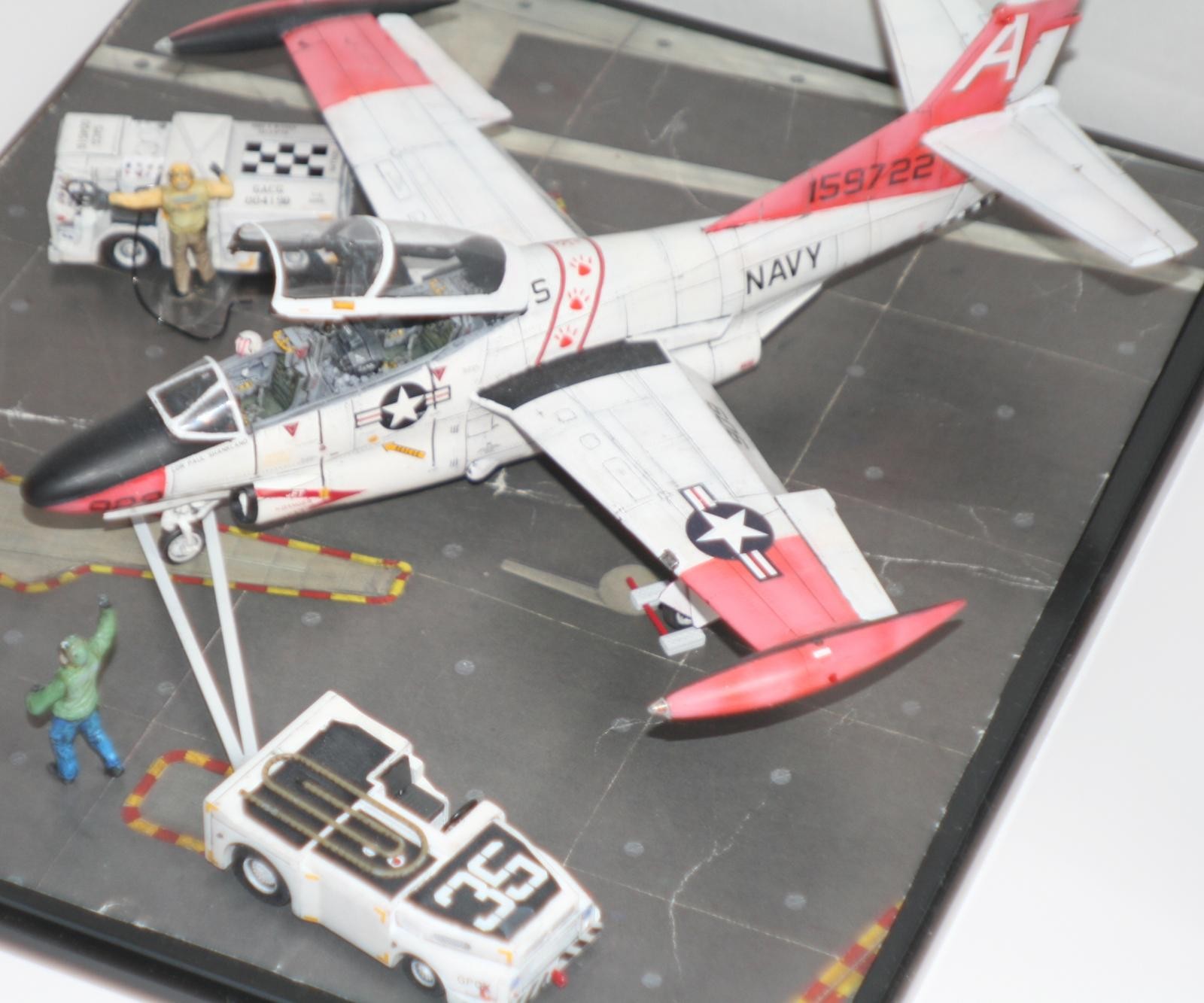

- Carrier command 2 trainer serial number#
- Carrier command 2 trainer upgrade#
- Carrier command 2 trainer trial#
Unlocks the following upgrades at the Fleet Beacon: Increases the Purifier Beam's movement speed by 200% and its duration by 5 seconds.
Carrier command 2 trainer upgrade#
Unlocks the following upgrade at the Forge:

Unlocks the following upgrades at the Twilight Council: Has superior range and damage, but is very expensive and attacks slowly. Increases the production speeds of all friendly structures by 15%.Įxtremely powerful defensive structure. Orbital Strike no longer has a cooldown or a charge count, and now costs 5 energy per shot. injected) static thrust Allison J33-A-20 turbojet.Karax's combat units have 50% increased life, but cost 30% more. Acquired in 1994 and restored to the operational appearance of a Navy TV-2 with an unpainted, polished finish, it is displayed as Navy Bureau Number 131816, which served in Advanced Training Unit (ATU) 200.
Carrier command 2 trainer serial number#
Air Force T-33, originally assigned Air Force Serial Number 58-480. The Navy designated it the T2V-1 Seastar.īuilt in 1958, the Museum's example of the Lockheed TV-2 is actually a U.S. Lockheed replaced the TV-2's J33-A-20 engine with the J33-A-24. The design sought lower landing and take-off speeds and featured a tailhook, strengthened airframe, redesigned tail and dorsal fin and modified landing gear. These aircraft differed from the TV-2 in having a humped cockpit to provide better vision from the rear seat. Early in 1953 Lockheed undertook to develop a carrier-capable prototype. Though successful as a land-based trainer, the TV-2 was not satisfactory for carrier operations. In 1956, several more were further modified to serve as drones or control platforms, designated TV-2KDs. In 1951 several TV-2s were modified for support of missile and target trials, and designated TV-2Ds.

They were later redesignated TV-2s with procurement reaching 699. In 1949, the Navy initiated procurement of 26 two-seat TF-80Cs developed specifically as trainers and designated T-33. Though lacking tailhooks, some of these TV-1s were assigned to Fighter Squadron (VF) 52 and Marine Fighter Squadron (VMF) 311. First designated TO-1, their designation changed to TV-1 when Lockheed's manufacturer symbol shifted from "O" to "V" in the Navy's aircraft designation nomenclature. In 1948 the Navy procured an additional fifty Shooting Stars from the Air Force as advanced trainers.
Carrier command 2 trainer trial#
Three P-80As were acquired from the Army Air Forces in 1945, with one equipped with a tailhook for trial arrested landings on board the aircraft carrier USS Franklin D. Delays in delivery of these aircraft prompted Navy acquisition of Lockheed's P-80 Shooting Star. Navy interest in a high-performance trainer logically accompanied the first development contracts for the Grumman F9F Panther and McDonnell F2H Banshee, two of the Navy's early jet aircraft. The Navy procured 699 TV-2s, which trained the first generation of jet pilots and also supported missile testing as control aircraft and target drones. Roosevelt (CVB-42) with World War II fighter ace Major Marion Carl, USMC, flying the aircraft. In 1946, the Navy conducted carrier trials in the P-80 on board the carrier Franklin D.

Air Force's first operational jet fighter. The TV-2 is a two-seat version of the P-80 Shooting Star, the U.S.


 0 kommentar(er)
0 kommentar(er)
